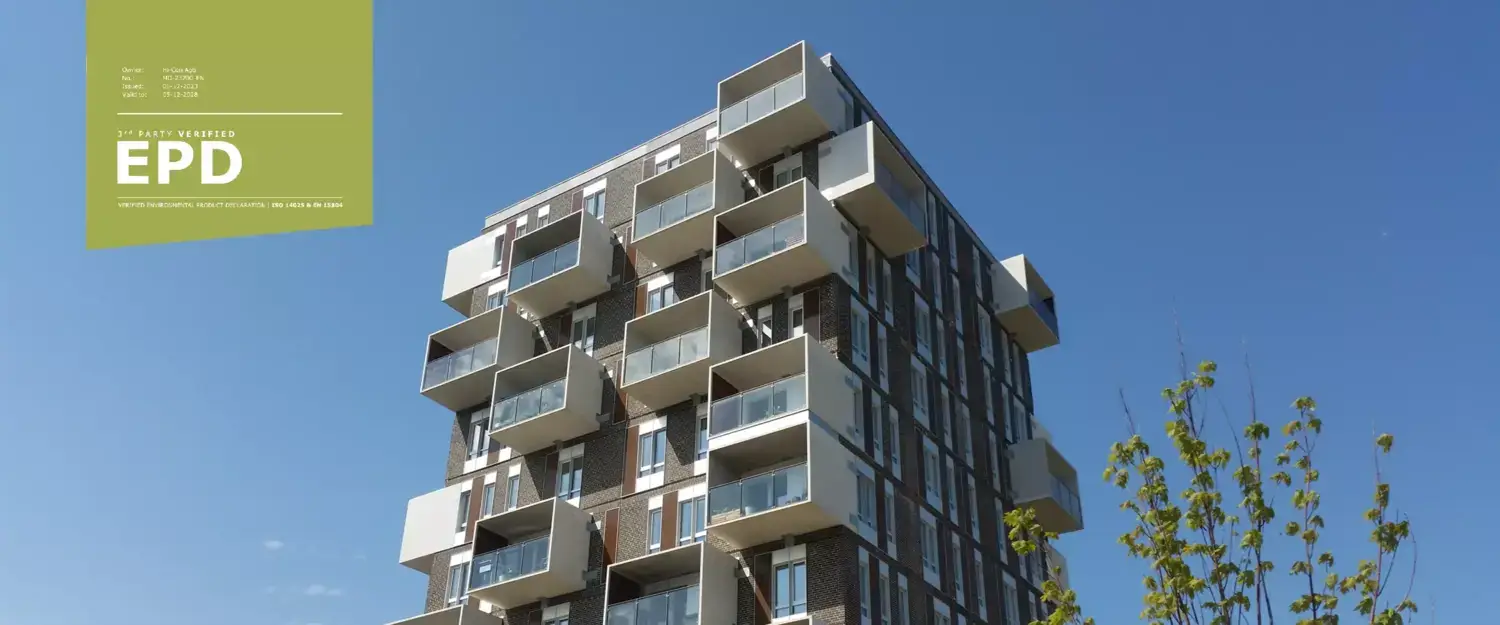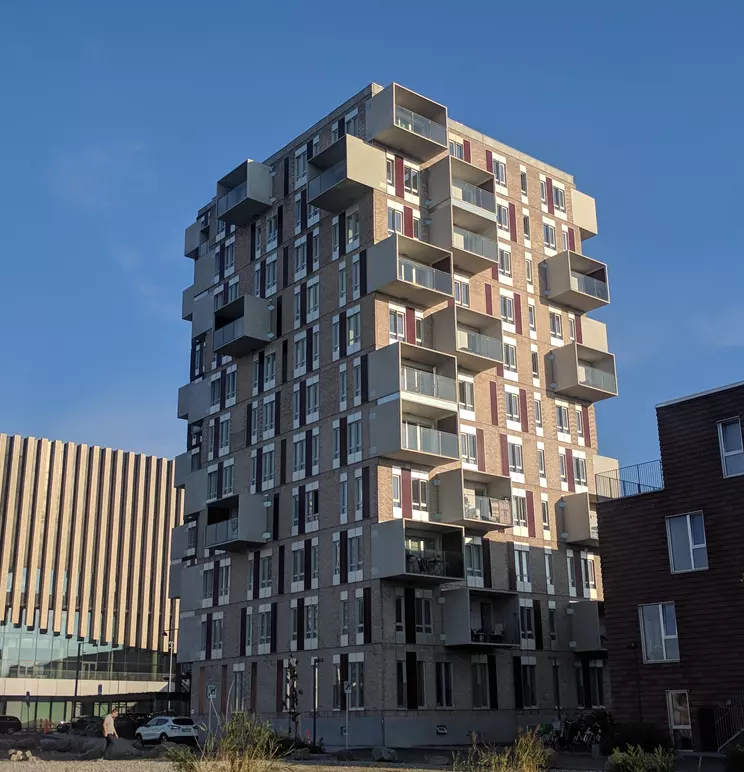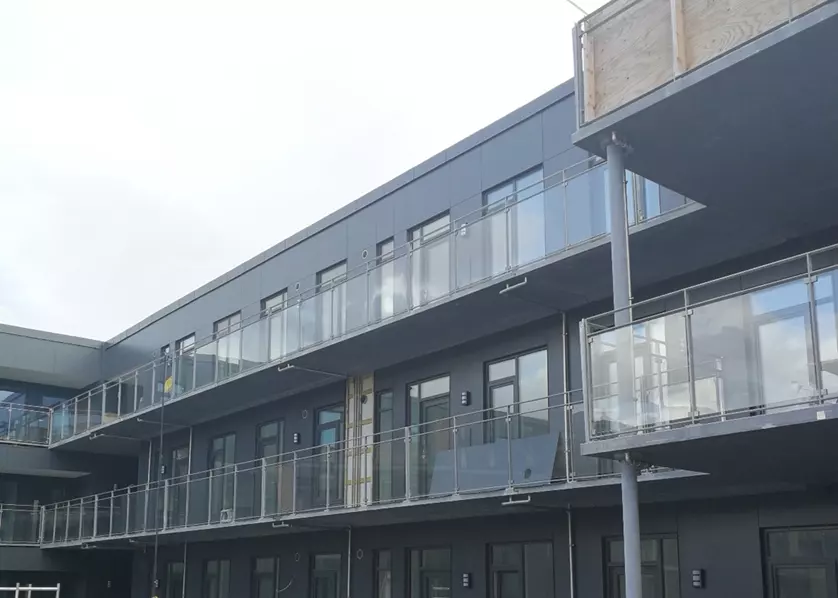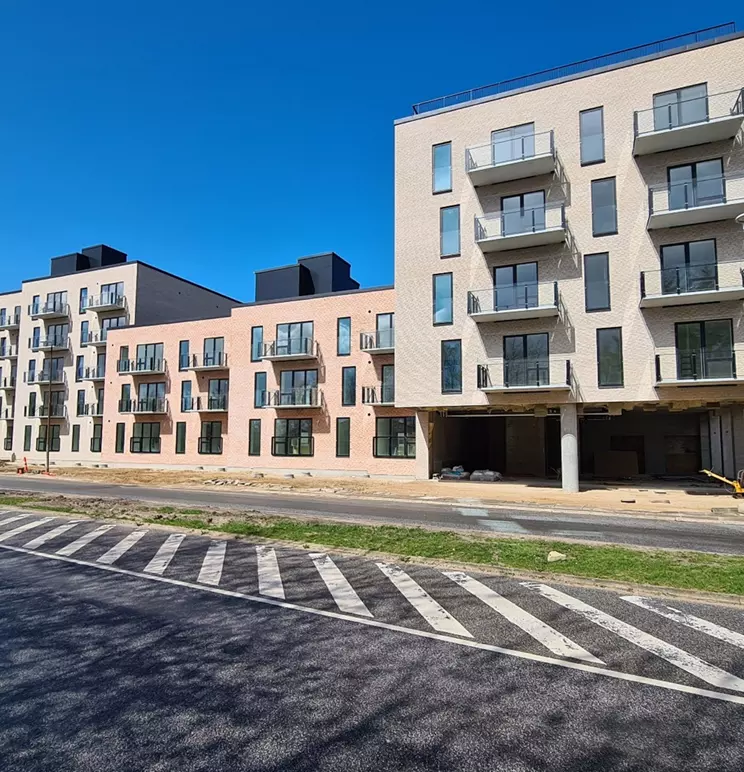
29. May 2025

Hi-Con has just verified a new EPD (Environmental Product Declaration) for balconies made of Ultra High Performance Concrete (UHPC). The EPD has been prepared by Force Technology and is available on the EPD Denmark website, as well as on our own website.
The new EPD replaces our previous EPD, which was issued in November 2018. The new EPD differs slightly from the "old" EPD and contains updated and more relevant environmental data—from raw material extraction to final production. Before we go into more detail, we would like to briefly address some of the basic questions that may arise.

Fællesudsigten, Ørestad Syd, Denmark.

Kongens Torv, Odense, Denmark.

Ryhavevej, Aarhus, Denmark.
The EPD indicates the environmental impact for 1 m3, but to make sense when comparing different solutions, we typically convert the values to a functional unit, such as 1 m2 of balcony. For example, if we have an average thickness of 90 mm for one of our concept balconies (as shown in fig. 3), we will impact A1-A3 with 94.5 kg CO2, eq per m2.
Interested in learning more about Ultra High Performance Concrete?
FILL OUT THE FORM AND WE'LL GIVE YOU A CALL